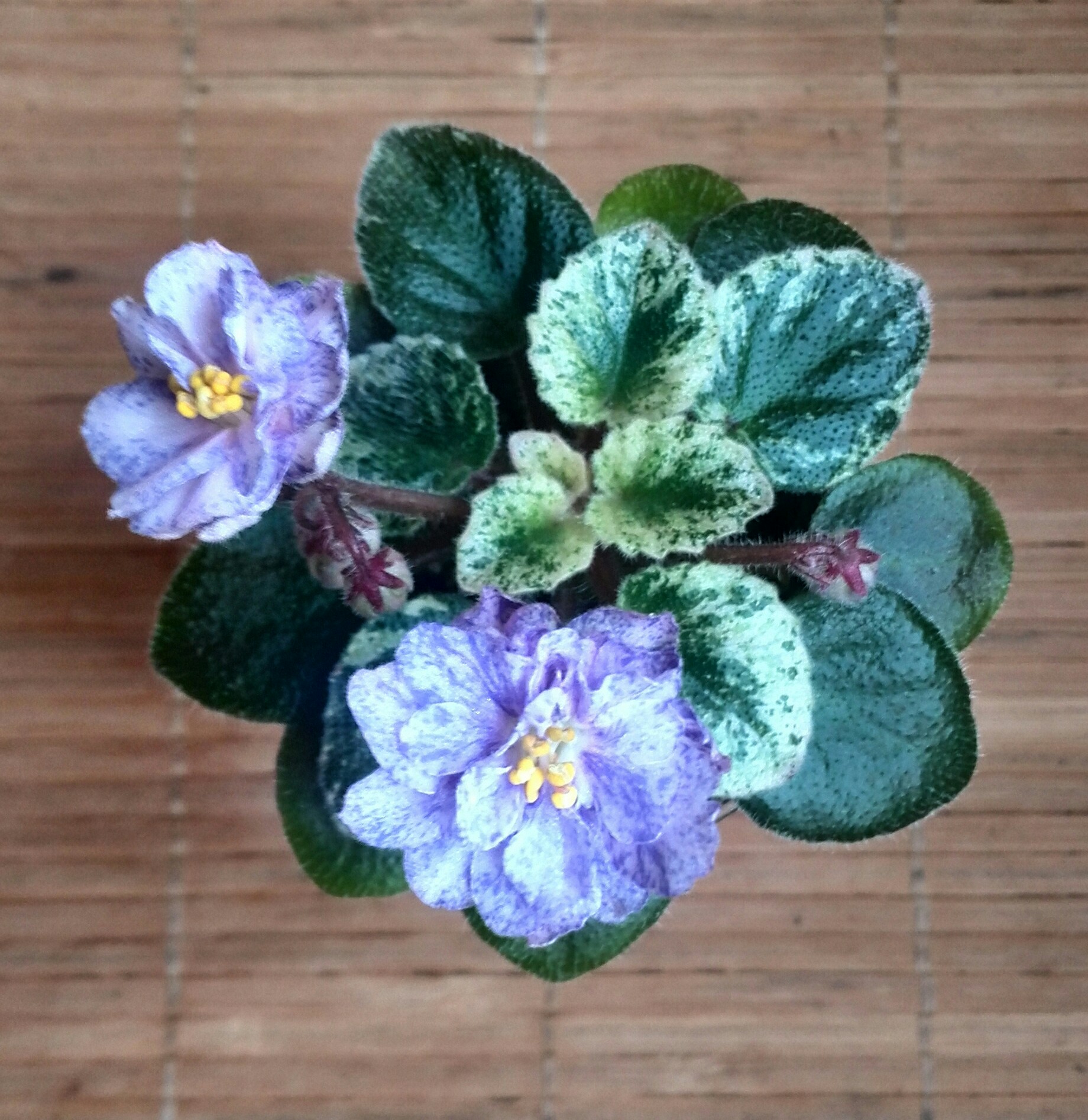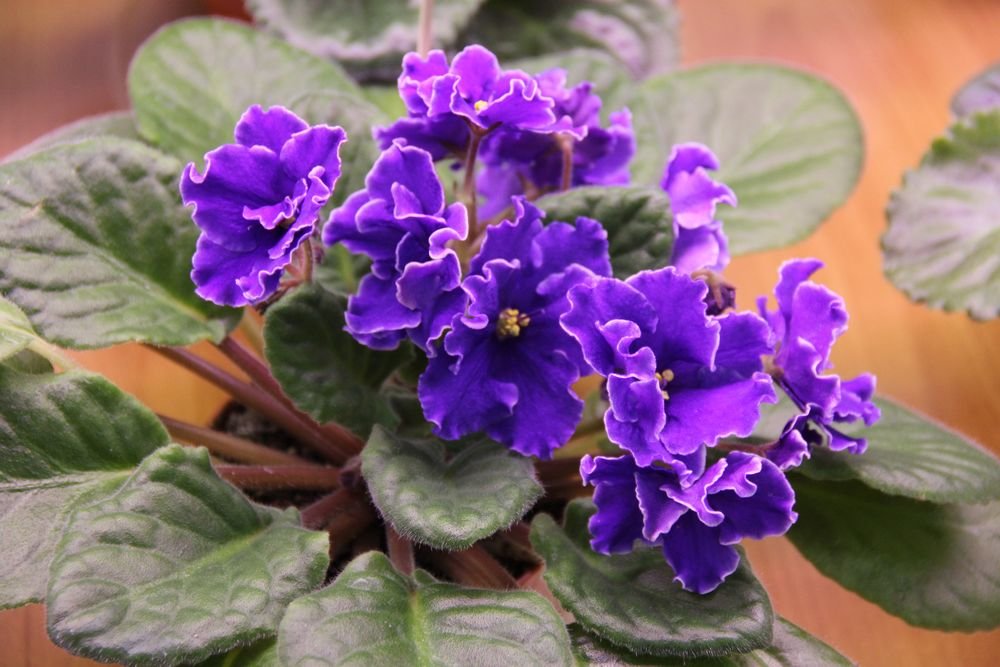Violet is a heat-loving African flower that has settled on almost every windowsill. With a decrease in daylight hours and seasonal cooling, plants may stop flowering, and if not properly cared for, they may not survive the winter at all. To help the flower overwinter, it is necessary to follow the rules of specific care.

We select the pot
In nature, the roots of violets do not go deep into the soil, but creep over the surface of an earthen coma, the same principle applies to indoor plants. The selection of the pot is based on the size of the plant, the maximum height for an adult specimen is 9 cm. The basic principle by which the selection of containers is carried out is equal value of height and diameter. The standard parameters of pots for violets of different sizes are as follows:
- large shrubs - 9x9 cm;
- medium - 7x7 cm;
- mini-violets - 5x5 cm.
Later, when the plant grows, the volume of the pot does not increase. The flower is shaken and transplanted into the same pot. If the shrub is too spacious, it will begin to intensively build up its green mass, and you can forget about the bright and abundant flowering.
Correct soil
Winter is not the best time to transplant violets. But, if a transplant is necessary, a prerequisite that will significantly increase the likelihood of survival is the correct soil. For any varieties of violets, the soil is optimal in composition - leaf. Its basis is rotted leaves with the addition of sod and various fillers. As additives for violets, peat, coniferous soil or coconut fiber is of the greatest value. Such a soil mixture perfectly permeates water, does not interfere with air exchange and does not turn into a lump that prevents plant growth.
sunlight
For a southern plant, one of the most important factors for growth and flowering during the cold season is adequate lighting. The optimal arrangement of violets in the house is a window sill on the west and east sides. If you put the plant on the south side of the apartment, the sun can provoke the appearance of burns, and on the north side the lack of light will inhibit growth. In the cold season, plants on the windows are afraid not only of a short daylight hours, but also drafts. To provide suitable conditions for growth and flowering, the pots are displayed on racks equipped with fluorescent lamps that provide long daylight hours (12 hours).
Temperature regime
The optimal temperature regime for flowering violets is + 20-22 degrees Celsius. The permissible decrease in the winter period should not be lower than +16, otherwise the growth will stop, and the transplant will be dangerous for the life of the plant. Draft and cold air from the street are dangerous for the plant, but the elevated temperature does not have the best effect. Plants located above radiators and exposed to hot air can cause plants to rot or turn yellow. Shrubs can be protected during this period by placing the pots in pallets with moistened expanded clay, moss and other moisture-retaining materials.
Humidity
In addition to higher temperatures, central heating in winter creates another problem - low air humidity. To provide ideal conditions for violets, it is necessary to maintain humidity at 50% with an allowable reduction of up to 40%, but reaching this level is quite difficult.To maintain humidity, you can:
- place flowers in the kitchen, where the indicator is often higher than in other rooms;
- get a household moisturizer, which will be useful not only for flowers, but also for people;
- hang wet towels on heating radiators;
- humidify the air from the spray bottle, avoiding direct contact with water droplets and on leaves and flowers.
Lure
For abundant and vibrant flowering of violets, regular fertilization is necessary. You should choose top dressing of the following categories:
- mineral - superphosphate and other monocomponent additives;
- complex - with a sufficient content of the necessary trace elements;
- organic - humus or humus, usually introduced during planting.
The best effect and abundant flowering can be achieved by alternating mineral and organic fertilizers and feeding the plant every two weeks.
Subject to all the rules for care, heat-loving violets will decorate the house with bright colors not only from April to October, but also in winter.


